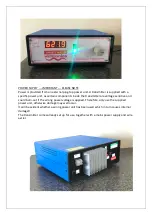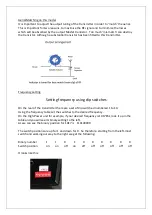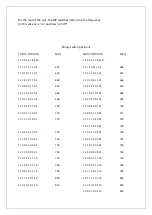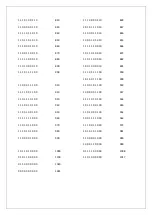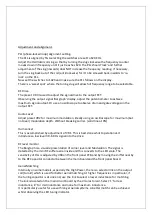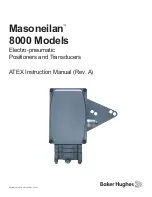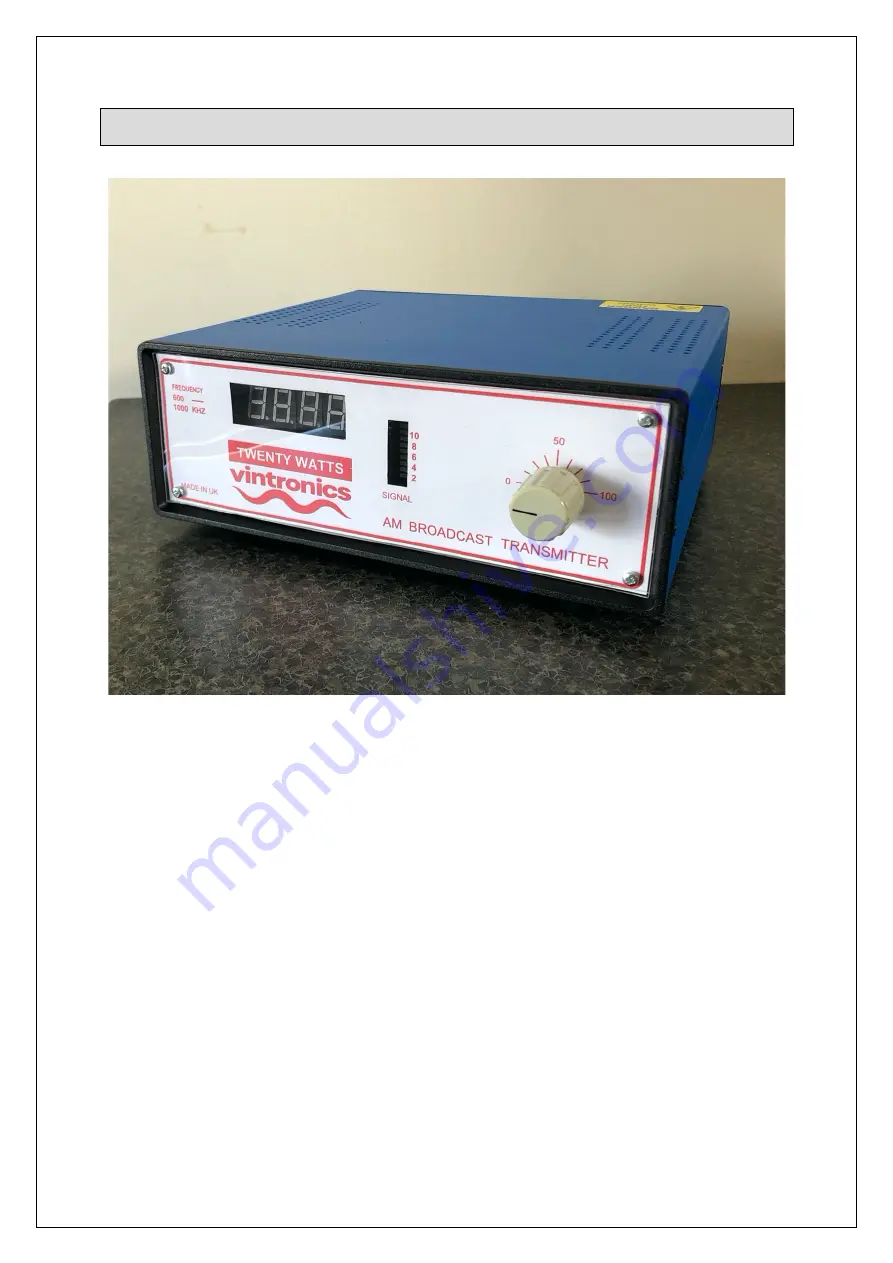
AM PLL High Power Medium-Wave Transmitter
A High-Power version of AM Transmitter, operating between 620KHz and 1024KHz in the
Medium Waveband (AM Band) and are designed to be reliable and stable units.
They can deliver up to 20 watts of RMS power into a short length aerial. This equates to 80
watts peak power cleanly driven up to 100% modulation.
This transmitter has been designed to operate into a fairly short ‘long-wire’ aerial, minimum
length approximately 12 metres and up to 25 metres. Anything shorter than this is very
inefficient and may make critical components overheat. Obviously the longer the better.
Each Transmitter circuit design employs a Colpitts FET oscillator in a Phase-locked loop
circuit for accuracy and ease of frequency selection. It is also very stable and therefore does
not drift off frequency. The Phase Lock circuit provides selection in 1KHz steps, so that the
unit can be used in either Europe, which has 9KHz spacing between channels, or in the USA
and other parts of the World where 10kHz is used between channels. A rugged Power
MOSFET is also used on the RF output stage, which drives the output toroid and variable
tuning capacitor. High voltage rated components are used in the output section.
Audio modulation is series-derived using Power Transistors. It is driven by an audio level
control chip which allows the transmitter to always achieve maximum modulation,
whatever the audio source and nominal level is, within reason. (CD player, mixer, PC etc)
Housed in a Steel box with ABS front and rear panels. Ventilation holes to improve air flow
for component cooling. A fan is used on higher output models where necessary.


